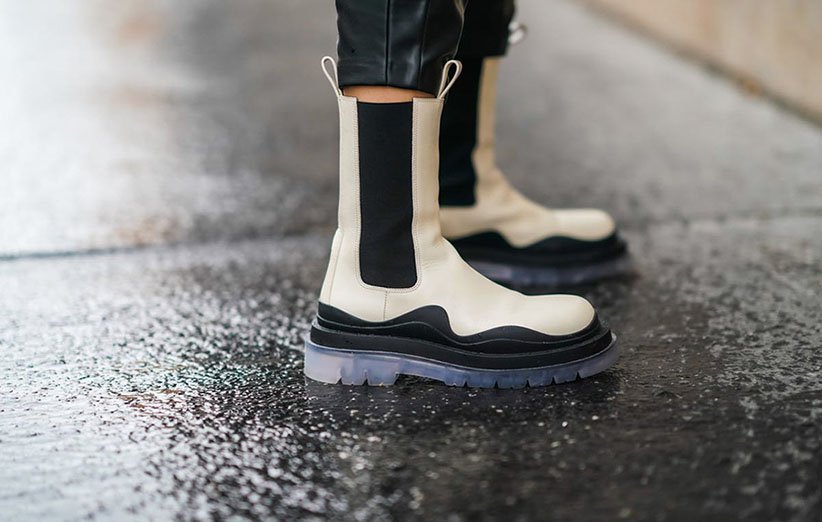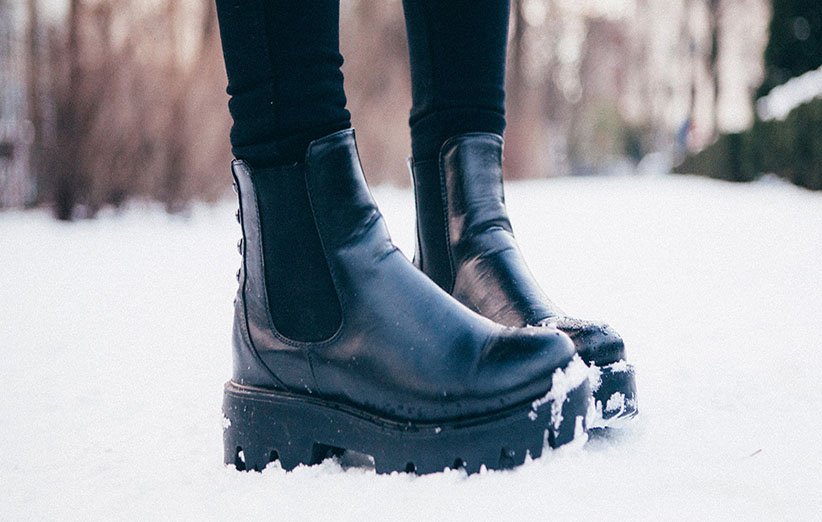With the arrival of winter, choosing boots becomes an essential task because the boots are special for this season and have a high efficiency for use in cold, rainy or snowy weather conditions. Shrubs are relatively versatile because they can be paired with both formal and casual styles. In addition to comfort, they can also be good foot support.
How to dress in very cold weather to stay completely warm?
Choosing a boot can be difficult if you do not know exactly what you are looking for. Sometimes canceling a purchase just because we are unsure of our choice is an easier option.
If you are also looking to buy boots for the winter, if you follow the tips described in this article, you can simply find the right boot that is not only the right size for your feet, but you will never want to take it off your feet. Bring, find. Stay tuned to trends.

Important points in choosing a boot
1. Comfort
This is at the top of the list, because you will never wear it if the boot is not comfortable. Look for brands that are proud to produce comfortable plants and also pay attention to the structure of the foot. If your foot is wide, a boot with a narrow tip will not fit and will not make you feel good.
2. Size
One of the most important things to consider when choosing a great boot is the size. When choosing a boot, make sure the ones you are considering are comfortable with the size of your ankles and ankles. If your legs are wide, look for shrubs that are made for wide legs. In addition, you do not want your toe to be crushed in the boot, but you want the front of the boot to be slightly softer. Keep in mind that shrubs stretch and will expand over time if you buy them larger.
The size of the legs may change due to weight fluctuations, so measuring the length, width and arch of the legs is very important and you need to know the exact size of your legs. Be sure to measure both feet, as the left foot and the right foot may not always be the same size. In addition, you should try to buy boots in the afternoon or evening; Because the legs become slightly swollen after exercise during the day. Finally, when trying on boots, use socks to make sure the shoes are still comfortable, even with a layer of socks.
3. Material and boot selection
When buying boots, make sure you choose the best materials. Leather is a good choice for shrubs that are heavily covered or used for work; Because it is strong, more durable and resilient.
Shrubs can be made from full green leather to nubuck, or from synthetic materials such as high-performance fabrics such as cordura, which are resistant to abrasion. Make sure you choose a material that matches not only your lifestyle, but also your desire to take care of its ingredients. Leather boots become soft and foot-shaped after use, but you need to be extra careful to prevent them from cracking. Although synthetic materials are easier to maintain, they often do not have the classic shine of leather boots.
4. Heel
High heels are very attractive, but sometimes they can be uncomfortable and annoy you. Keep in mind when shopping for boots that you should be looking for a heel that is the right height for you, not something that fashion trends suggest.
5. Foot arch support
This is probably one of the things that makes shrubs uncomfortable. If you have any leg arch model, support it, otherwise you will have a problem.
6. Thumb type and boot selection
There are three basic models for the thumb:
- A boot with a slim toe is better for a slim foot.
- The square toe model is suitable for wider legs.
- The boot, which has a round toe model, is located right between the two and is suitable for both slender and wide legs.
7. Comfort when walking
You need to make sure that the boot you want to buy is comfortable for you to walk on. There is nothing worse than foot pain. You want your boot to be tight enough to fit your foot well, but not tight enough to cut off blood flow to your foot.
8. Comfort boot insole
The insole is the inside of the shoe that touches the sole of the foot. A good insole covers all parts of the foot, but remains flexible and adapts to the movement of the foot. When trying on a boot, walk into the store to see how comfortable your feet are when moving. In addition to walking, stand on your toes to see if your toes have enough room to stretch without pressing on the toe and top of the shoe. Then pull your heels up as if you were climbing stairs to check if your heels are moving in the shoe as you move. A good boot grips the heel so you can walk comfortably.
9. Flexibility and boot selection
When choosing a boot, make sure the ones you are considering are flexible and comfortable, as both will affect the comfort of the boot. The test can be performed in a number of ways, such as bending the toe of the shoe in an upward motion. The boot should be flexible enough to bend slightly, but not enough to bend in the middle. Also check if there is a back arch in your chosen boot and always choose a boot that has wide and thick heels, because it helps maintain balance.
10. Waterproof outer layer
Shrubs can be used for both indoor and outdoor activities. If you are a person who is constantly active outside the house, be sure to choose a boot that has a waterproof outer cover. This waterproof material allows you to use your boot in any weather conditions, whether sunny or rainy. Shoe seams should also be firm enough to protect the feet from getting wet and damp.
In this article, we got acquainted with the points that should be considered when choosing a boot. Which boot model do you like? Do you pay attention to another point when buying boots?
